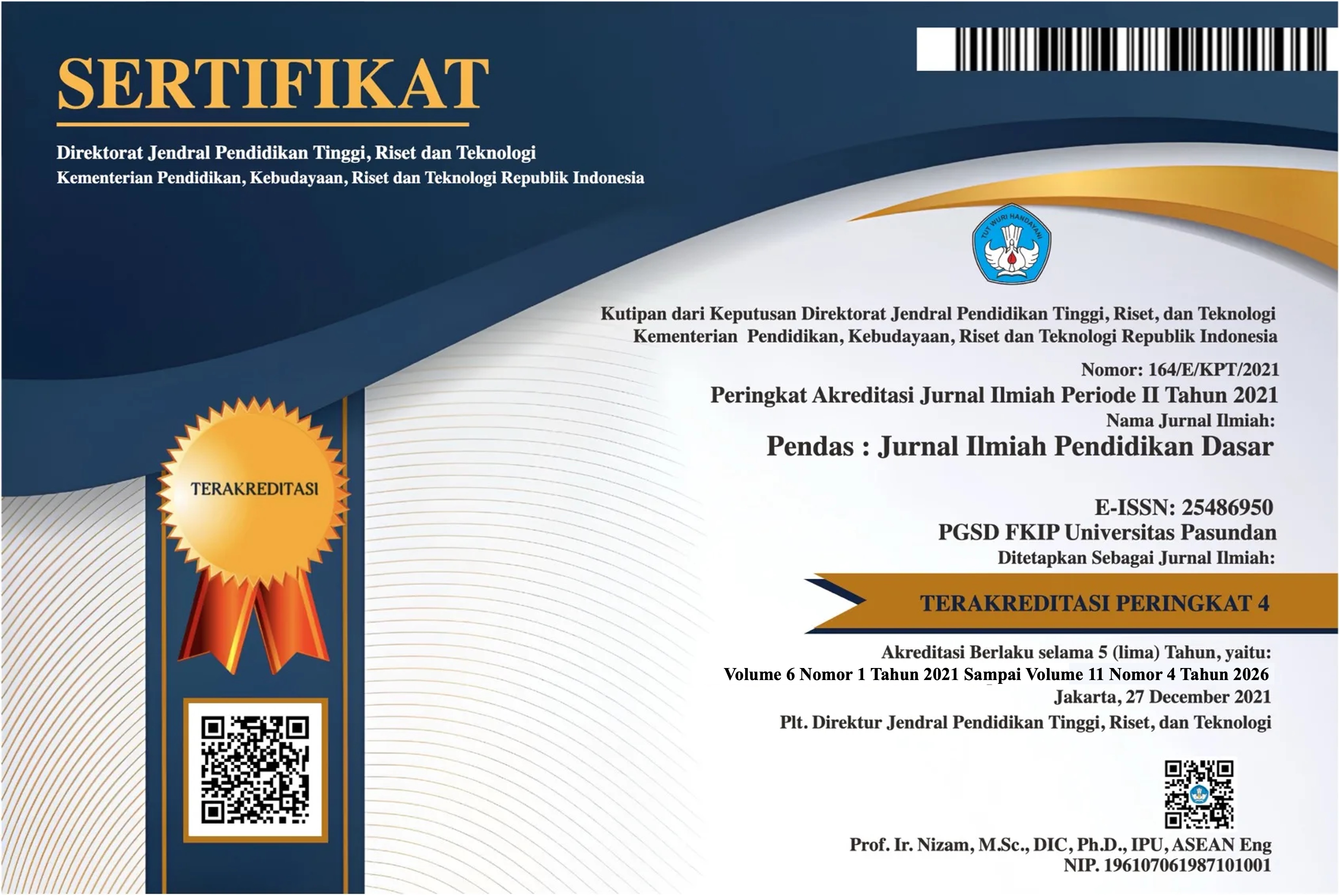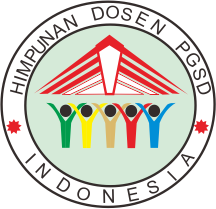PENGEMBANGAN MEDIA PEMBELAJARAN PELINFO BERBASIS ANDROID PADA MATERI INFORMATIKA UNTUK SISWA KELAS X AKUNTANSI SMK NEGERI 2 BUDURAN
DOI:
https://doi.org/10.23969/jp.v10i02.23952Keywords:
Learning Media, Android, Unity, Project-Based Learning, InformaticsAbstract
The advancement of technology has driven transformation in education, including the need for interactive learning media that aligns with industry demands. At SMK Negeri 2 Buduran, Informatics learning for 10th-grade Accounting students remains conventional, with limited digital teaching materials supporting Project-Based Learning (PJBL). This results in low student engagement and difficulties in developing practical skills. This study aims to develop an Android-based learning media called PELINFO using Unity to facilitate interactive, project-based learning. The research method employs Research and Development (R&D) with the Waterfall model, covering stages of needs analysis, design, development, testing, and implementation. The app's feasibility was tested through a Likert-scale questionnaire administered to 38 students. The results showed a 99.26% feasibility rate (categorized as Highly Feasible), with the majority of respondents providing positive feedback on interface design, ease of use, and learning benefits. PELINFO successfully integrates theoretical material with PJBL project guidance, featuring multimedia elements and self-assessment tools. Its implementation enhances active student participation and contextual understanding of Informatics concepts. This study proves that technology-based media development can be an effective solution for adaptive, practice-oriented vocational learning. Future recommendations include adding online collaboration features and refining content based on the latest curriculum.
Downloads
References
Almeida, F., & Simoes, J. (2019). The Role of Digital Tools in Project-Based Learning. Journal of Educational Technology Systems, 47(4), 432-448.
Budiarto, A., & Santoso, H. (2020). Pengembangan Media Pembelajaran Berbasis Unity untuk Meningkatkan Motivasi Belajar Siswa. Jurnal Teknologi Pendidikan, 12(2), 123-134.
Kurniawan, D., & Wijaya, T. (2021). Efektivitas Model Pembelajaran PJBL dalam Meningkatkan Keterampilan Abad 21. Jurnal Pendidikan Vokasi, 11(1), 45-56.
Pratama, R., & Suryani, N. (2022). Penerapan Metode Waterfall dalam Pengembangan Aplikasi Pembelajaran Interaktif. Jurnal Sistem Informasi, 14(3), 210-220.
Sutopo, A. H. (2018). Teknologi Augmented Reality sebagai Media Pembelajaran Interaktif. Jurnal Ilmiah Pendidikan Teknik Informatika, 7(2), 89-98.
Daryanto. (2016). Media Pembelajaran: Peranannya sangat penting dalam mencapai tujuan pembelajaran. Gava Media.
Friatna, I., Supriatna, A., & Kurniawan, R. (2022). Pengembangan bahan ajar berbasis proyek untuk meningkatkan kompetensi siswa SMK. Jurnal Pendidikan Vokasi, 12(1), 55-64.
Rusman. (2013). Model-Model Pembelajaran: Mengembangkan Profesionalisme Guru. Rajawali Pers.
Supriyono, S. (2016). Optimalisasi penggunaan media pembelajaran berbasis teknologi di SMK. Jurnal Pendidikan Teknologi dan Kejuruan, 23(2), 102-110.
Pressman, R. (2015). Software Engineering: A Practitioner's Approach. McGraw-Hill Education.
Prastowo, A. (2015). Panduan Kreatif Membuat Bahan Ajar Inovatif. Diva Press.
Rosa, A., & Shalahuddin, M. (2013). Rekayasa Perangkat Lunak. Informatika.
Sadiman, A.S., Rahardjo, R., Haryono, A., & Harjito. (2011). Media Pendidikan. Rajawali Pers.
Sugiyono. (2016). Metode Penelitian Kuantitatif, Kualitatif dan R&D. Alfabeta.
Sutabri, T. (2012). Analisis Sistem Informasi. Andi.
Suyanto, A. (2017). Pengembangan Game Edukasi Berbasis Unity. Andi.
Downloads
Published
Issue
Section
License
Copyright (c) 2025 Pendas : Jurnal Ilmiah Pendidikan Dasar

This work is licensed under a Creative Commons Attribution 4.0 International License.



















